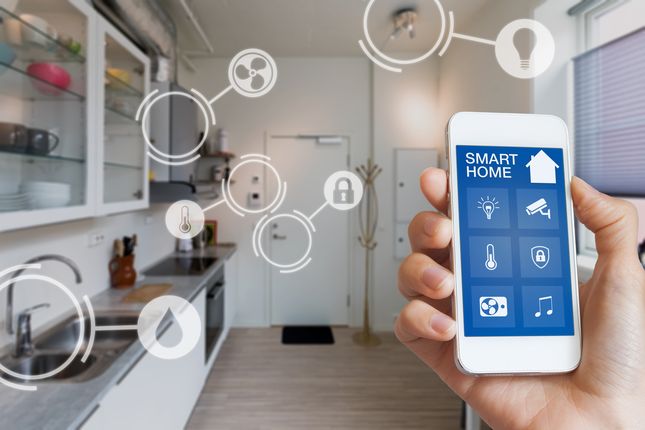Older Australians have embraced smart home devices but are leaving themselves open to cyber attacks by not ensuring adequate online security safeguards, new research has found.
New research by online finance broker Savvy found that 48 per cent of Australians aged 55 and up own one or more smart home devices. These seniors are spending between $1,000 and $2,500 on the latest technology.
Smart home devices are used for safety and convenience. They include:
-
Front door locks which can be opened using an app, rather than a key
-
Video doorbells, which allows homeowners to see anyone who approaches or rings their doorbell
-
Home surrounds security cameras which are connected to the internet
-
Robotic vacuum cleaners
-
Internal features such as lights, fans, airconditioners and kettles which can be controlled by voice, tablet apps or smart buttons,
The research was based on a survey of some 1,000 Australians.
It found that 41 of older Australians currently have five to ten connected devices.
However, it also found that older Australians were leaving themselves open to cyber attacks by purchasing the devices and then not putting into place adequate online protections.
“Despite safety and security being the top motivators, 13 per cent of boomers and seniors have admitted their devices are not protected, taking no security measures or action to protect themselves from cyber-attacks,” a Savvy spokesperson said.
“Smart doorbells and security systems are among the most vulnerable household items for cyber-attacks, yet 68 per cent of respondents are still unsure about whether they are comfortable or uncomfortable with these risks.
“While these devices are designed to make our lives easier, they are also becoming the new weapons of choice for scammers, hackers and perpetrators of domestic and family violence, so secure devices are paramount.”
Around 60 per cent of seniors surveyed do use strong passwords, but only 8 per cent use multiple measures such as two-step verification, router protection, VPN blockers, regularly updating devices and turning devices off when they are not in use.


